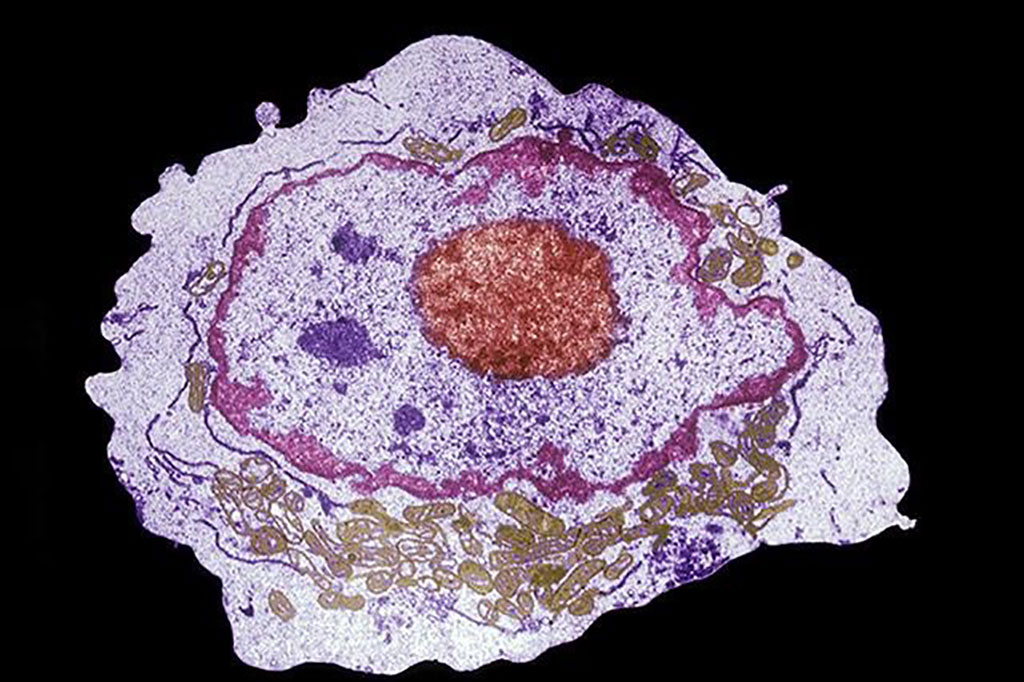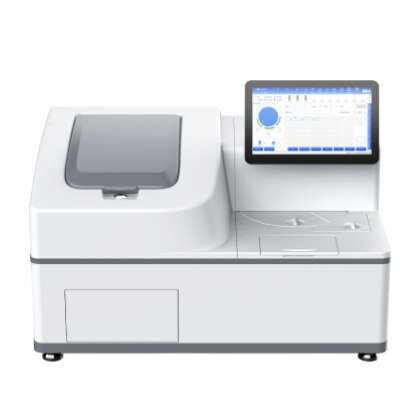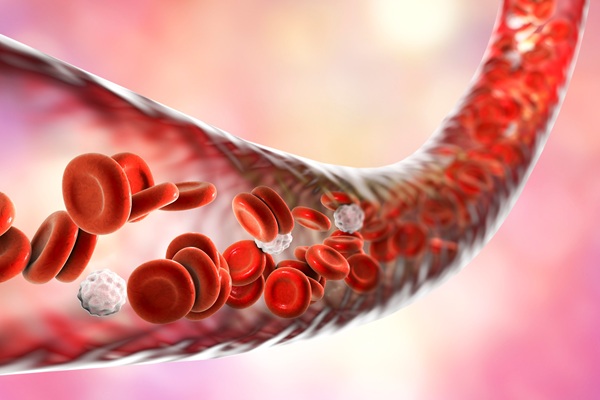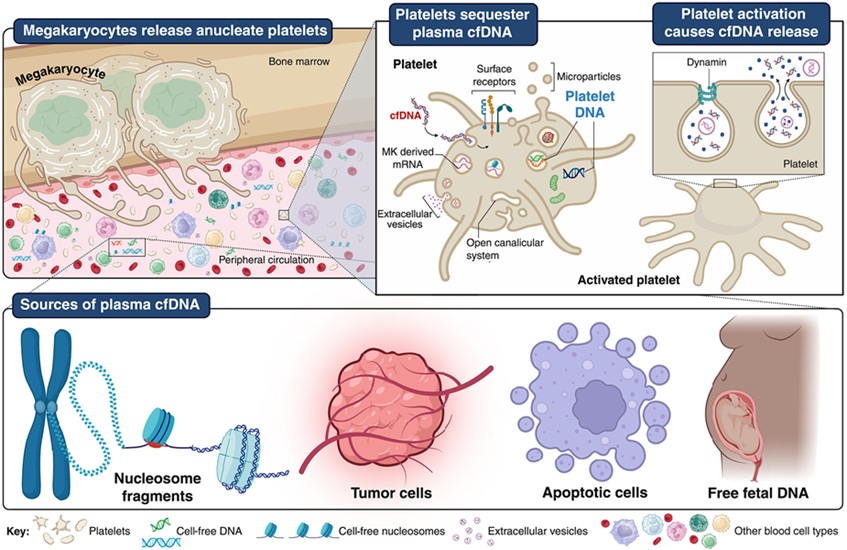Next Generation Sequencing Developed for Monitoring of Mixed Chimerism
By LabMedica International staff writers
Posted on 07 Jan 2021
Hematopoietic stem-cell transplantation (HSCT) is the only curative treatment for patients with hematological malignant and non-malignant diseases. There are more than 50,000 stem cell transplants are carried out annually worldwide and the number is increasing. Posted on 07 Jan 2021
Patients undergoing HSCT face at least four different complications such as toxicity related to treatment, infections, recurrence of the underlying malignant disease and immunological reactions including Graft-versus-Host Disease (GVHD). Chimerism analysis is useful to predict threatening relapse, especially when leukemia cell-lineage-specific chimerism analysis is performed.

Image: Electron micrograph of an hematopoietic stem cell that can be obtained from the umbilical cord blood, adult bone marrow, and peripheral blood (Photo courtesy of Donald W. Fawcett, MD).
Clinical immunologists at the Karolinska University Hospital (Stockholm, Sweden) included in a study a total of 651 samples, consisting of 348 artificial samples and 303 clinical samples to evaluate the performance of a novel Next Generation Sequencing (NGS)-based assay (Devyser AB, Stockholm, Sweden) to monitor mixed chimerism (MC) and compare its technical capacity to established techniques for chimerism analysis. Artificial and clinical samples with increasing amounts of patient DNA were compared using real-time PCR detection of indels and SNP, fragment analysis of short-tandem repeats (STR) and NGS analysis of indels.
The team used an in-house STR marker analysis for the chimerism analysis. Additional studies using a commercial STR-based chimerism assay were performed running samples in triplicates with the Powerplex 16 system (Promega Biotech AB, Nacka, Sweden). The Devyser Chimerism NGS kit is based on targeted sequencing of 24 indels and measuring their allele frequency. Each sample is amplified using a single multiplex PCR reaction containing 24 primer pairs to create a target amplicon library (PCR1). In a second PCR reaction (PCR2), sequencing adapters including unique index sequences are introduced into each amplicon, enabling pooling of up to 96 samples in each sequencing run.
The scientists reported that Real-time PCR displayed excellent sensitivity (>0.01%), but poor accuracy (>20 CV% at MC > 20%), while fragment analysis exhibited good accuracy (<5 CV% at MC > 20%) with limited sensitivity (>2.5%). In contrast, NGS chimerism demonstrated a sensitivity (>0.1%) equal to real-time PCR and an accuracy equal or better than STR analysis throughout an extensive range of mixed chimerism (0.1 – 100%). To evaluate performance of the separate techniques for chimerism determination, 75 retrospective patient monitoring samples (3–7 weeks post-HSCT) with low (<5%), intermediate (5–20%) or high mixed chimerism (>20%) were analyzed.
The authors concluded that taken together, the novel NGS-based chimerism assay can replace both STR-based and real-time PCR based assays through improved diagnostic performance and usability. The study was published in the January, 2021 issue of the journal Clinica Chimica Acta.
Related Links:
Karolinska University Hospital
Devyer AB
Promega Biotech AB













